Uncovering the Science behind Time Travel
An object is considered to have time traveled when the disparity between its departure and arrival time does not align with the duration of the journey undertaken by the object itself.

Introduction:
Time travel, a concept that has long fascinated humanity, has been the subject of countless scientific inquiries, philosophical debates, and imaginative storytelling. While time travel remains largely in the realm of fiction, scientific theories and hypotheses have emerged, providing a glimpse into the potential mechanisms that could enable such extraordinary journeys. In this comprehensive blog, we embark on a scientific exploration of time travel, focusing on the fascinating concepts of wormholes and time machines. Join us as we delve into the depths of theoretical physics and uncover the current understanding, possibilities, and challenges associated with these enigmatic phenomena.
Time Travel in Depth
Time travel is often defined using David Lewis' conceptualization: An object is considered to have time traveled when the disparity between its departure and arrival times, as observed by the external world, does not align with the duration of the journey undertaken by the object itself. For instance, let's consider Jane, who can be classified as a time traveler if she embarks on a space journey away from her home for one hour according to her personal clock on the spaceship. However, when measured by the clock back at her home, assuming both clocks are functioning correctly, her travel duration would appear to be two hours.
In movies, time travel often involves characters entering a machine and magically appearing in different time periods. However, scientists consider this portrayal unrealistic. Nevertheless, they recognize that the laws of physics leave room for potential time travel possibilities, though the practical implementation is challenging. Factors such as spacetime curvature, velocity, and gravity can influence the flow of time. While the idea of time travel remains speculative, ongoing scientific exploration continues to push the boundaries of our understanding.
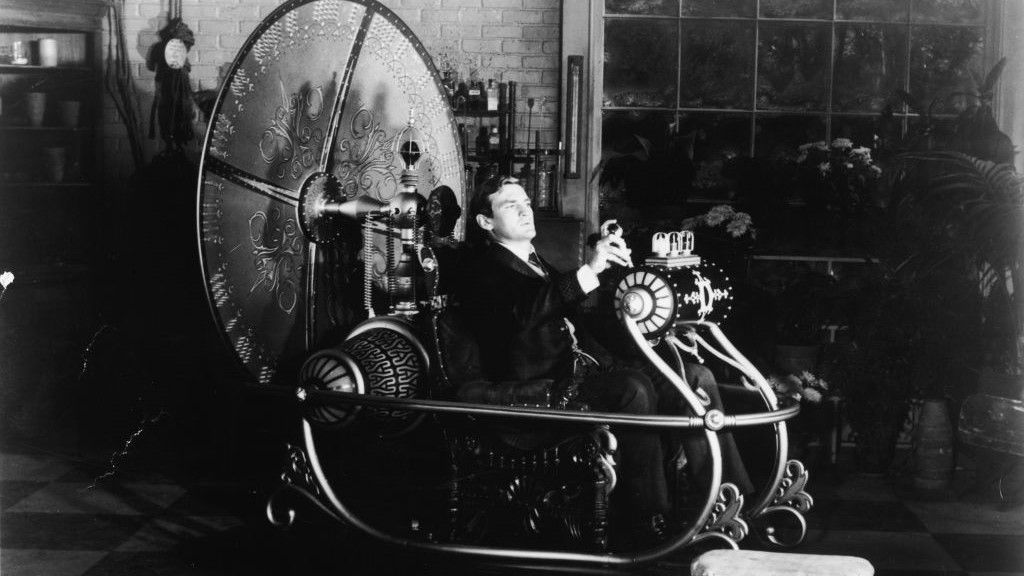
Time travel to the near future is possible due to the effects of time dilation as explained by Einstein's theories of relativity. The faster one travels or the stronger the gravitational force, the slower time appears to pass. This means that near massive objects or in high-speed travel, time runs slower compared to distant locations or stationary observers. While significant leaps in time are still beyond our reach, these scientific principles provide a theoretical basis for potential temporal manipulation.
If a person were to hang out near the edge of a black hole, where gravity is prodigious, Goldberg says, only a few hours might pass for them while 1,000 years went by for someone on Earth. If the person who was near the black hole returned to this planet, they would have effectively traveled to the future. “That is a real effect,” he says. “That is completely uncontroversial.”
Is time travel possible?
According to NASA, time travel is possible, just not in the way you might expect. Albert Einstein’s theory of relativity says time and motion are relative to each other, and nothing can go faster than the speed of light, which is 186,000 miles per second. Time travel happens through what’s called “time dilation.”
How do we know that time travel is possible?
More than 100 years ago, a famous scientist named Albert Einstein came up with an idea about how time works. He called it relativity. This theory says that time and space are linked together. Einstein also said our universe has a speed limit: nothing can travel faster than the speed of light (186,000 miles per second).
What does this mean for time travel? Well, according to this theory, the faster you travel, the slower you experience time. Scientists have done some experiments to show that this is true.
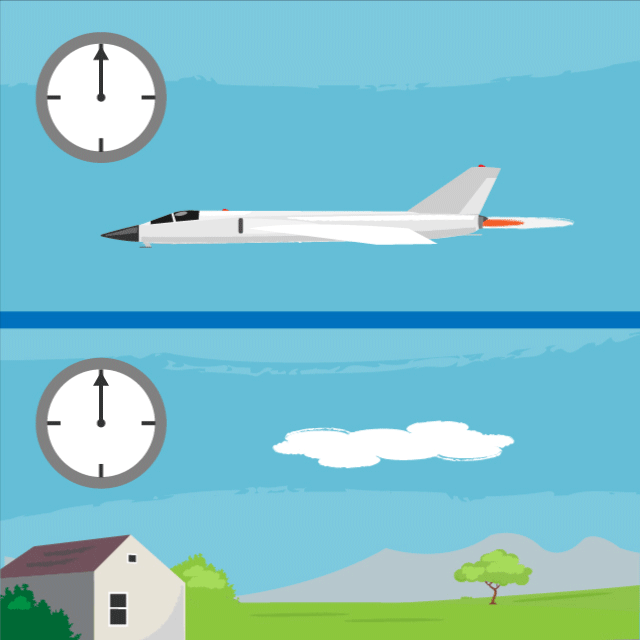
For example, there was an experiment that used two clocks set to the exact same time. One clock stayed on Earth, while the other flew in an airplane (going in the same direction Earth rotates). After the airplane flew around the world, scientists compared the two clocks. The clock on the fast-moving airplane was slightly behind the clock on the ground. So, the clock on the airplane was traveling slightly slower in time than 1 second per second.
Is time travel to the past possible?
In 2009, physicist Stephen Hawking organized an extraordinary gathering for time travelers. The intriguing aspect was that he sent out the invitations a year after the intended event (unfortunately, no guests attended). This peculiar episode has often been referenced to underscore the prevailing notion that time travel is likely implausible.
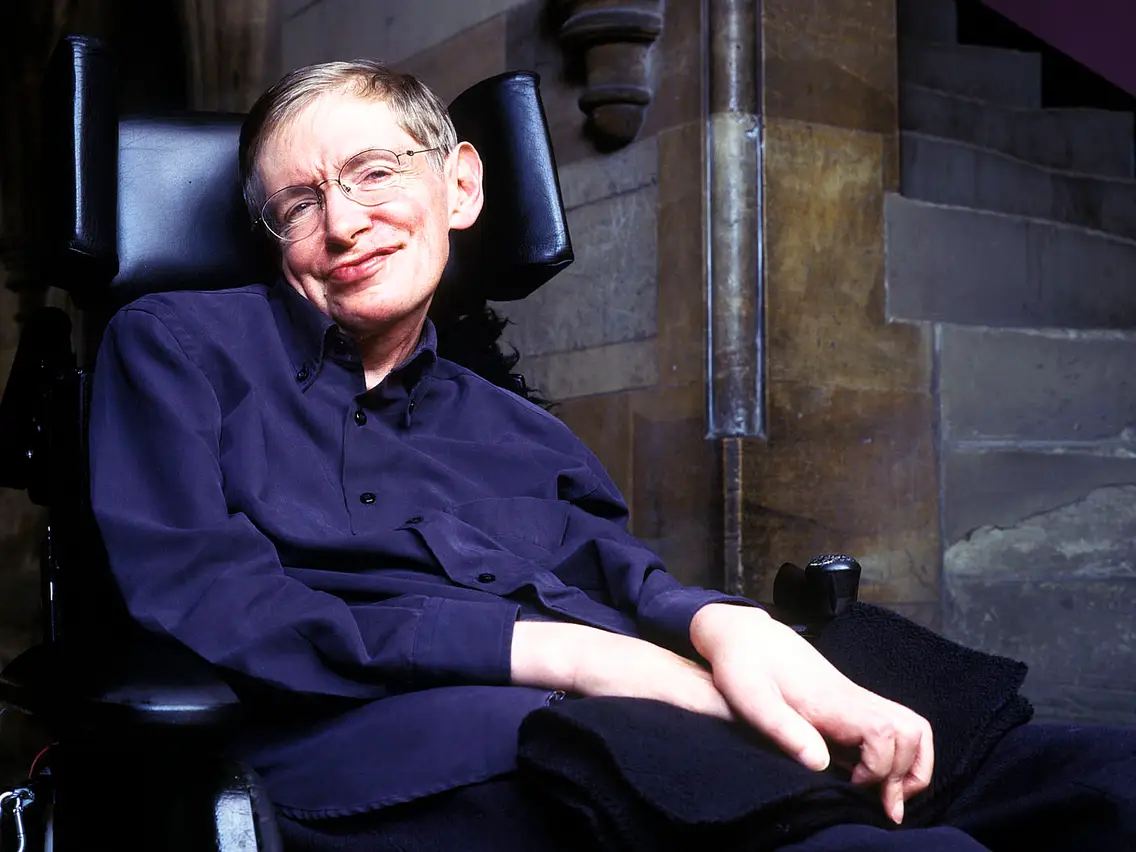
Scientists, including Hawking himself, have put forth arguments suggesting the improbability of time travel. They contend that even if time travel were theoretically achievable, it would be impossible to journey back to a time prior to the creation of the time machine itself.
However, venturing into the future is a different tale altogether.
In essence, we are all time travelers by virtue of being carried along the stream of time, progressing from the past towards the future at a steady pace of one hour per hour.
Nevertheless, similar to a river, the current of time flows at varying speeds in different locations. Within the realm of our current scientific understanding, there exist several methods that can serve as shortcuts for embarking on an accelerated journey into the future. Here, we present a summary of these approaches:
Time travel via speed
This is the easiest and most practical way to time travel into the far future – go really fast. According to Einstein’s theory of special relativity, when you travel at speeds approaching the speed of light, time slows down for you relative to the outside world.
This is not just a conjecture or thought experiment – it’s been measured. Using twin atomic clocks (one flown in a jet aircraft, the other stationary on Earth) physicists have shown that a flying clock ticks slower, because of its speed. In the case of the aircraft, the effect is minuscule. But If you were in a spaceship traveling at 90% of the speed of light, you’d experience time passing about 2.6 times slower than it was back on Earth. And the closer you get to the speed of light, the more extreme the time-travel.

The highest speeds achieved through any human technology are probably the protons whizzing around the Large Hadron Collider at 99.9999991% of the speed of light. Using special relativity we can calculate one second for the proton is equivalent to 27,777,778 seconds, or about 11 months, for us.
Time travel via gravity
The next method of time travel is also inspired by Einstein. According to his theory of general relativity, the stronger the gravity you feel, the slower time moves.As you get closer to the center of the Earth, for example, the strength of gravity increases. Time runs slower for your feet than your head.
Again, this effect has been measured. In 2010, physicists at the US National Institute of Standards and Technology (NIST) placed two atomic clocks on shelves, one 33 centimeters above the other, and measured the difference in their rate of ticking. The lower one ticked slower because it feels a slightly stronger gravity.
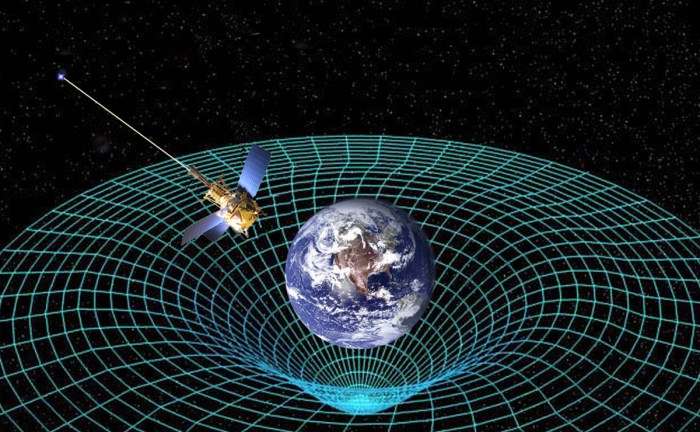
To travel to the far future, all we need is a region of extremely strong gravity, such as a black hole. The closer you get to the event horizon, the slower time moves – but it’s risky business, cross the boundary and you can never escape.
Time travel via suspended animation
Another way to time travel to the future may be to slow your perception of time by slowing down, or stopping, your bodily processes and then restarting them later.
Bacterial spores can live for millions of years in a state of suspended animation, until the right conditions of temperature, moisture, food kick start their metabolisms again. Some mammals, such as bears and squirrels, can slow down their metabolism during hibernation, dramatically reducing their cells’ requirement for food and oxygen.
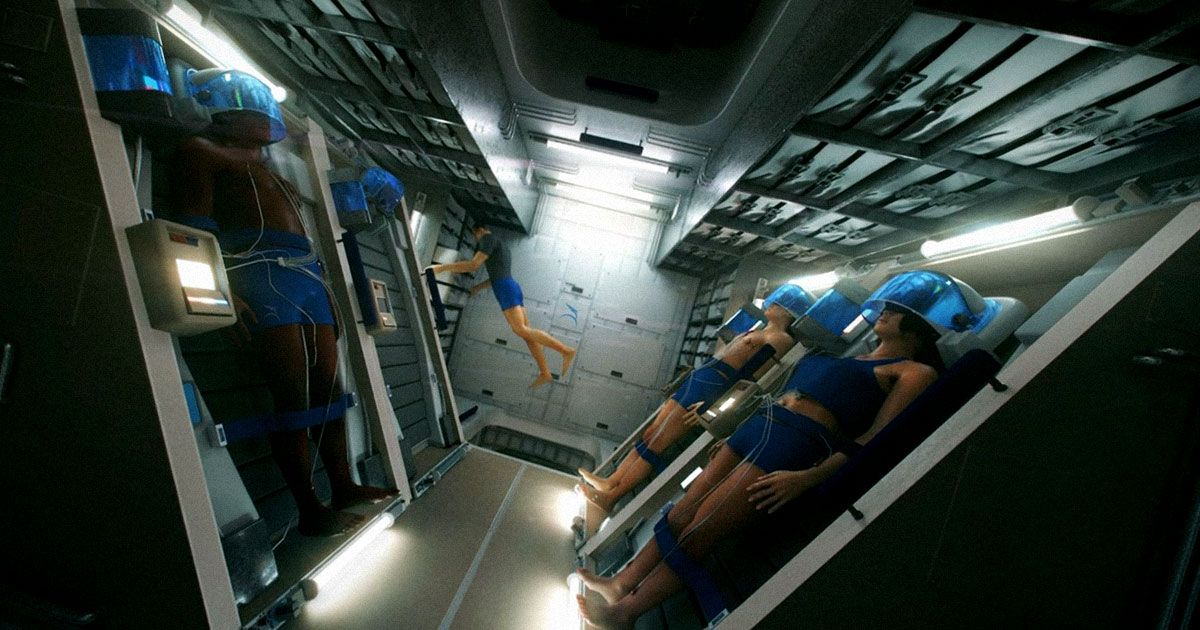
Could humans ever do the same?
Though completely stopping your metabolism is probably far beyond our current technology, some scientists are working towards achieving inducing a short-term hibernation state lasting at least a few hours. This might be just enough time to get a person through a medical emergency, such as a cardiac arrest, before they can reach the hospital.
Time travel via wormholes
General relativity also allows for the possibility for shortcuts through spacetime, known as wormholes, which might be able to bridge distances of a billion light years or more, or different points in time.
Many physicists, including Stephen Hawking, believe wormholes are constantly popping in and out of existence at the quantum scale, far smaller than atoms. The trick would be to capture one, and inflate it to human scales – a feat that would require a huge amount of energy, but which might just be possible, in theory.
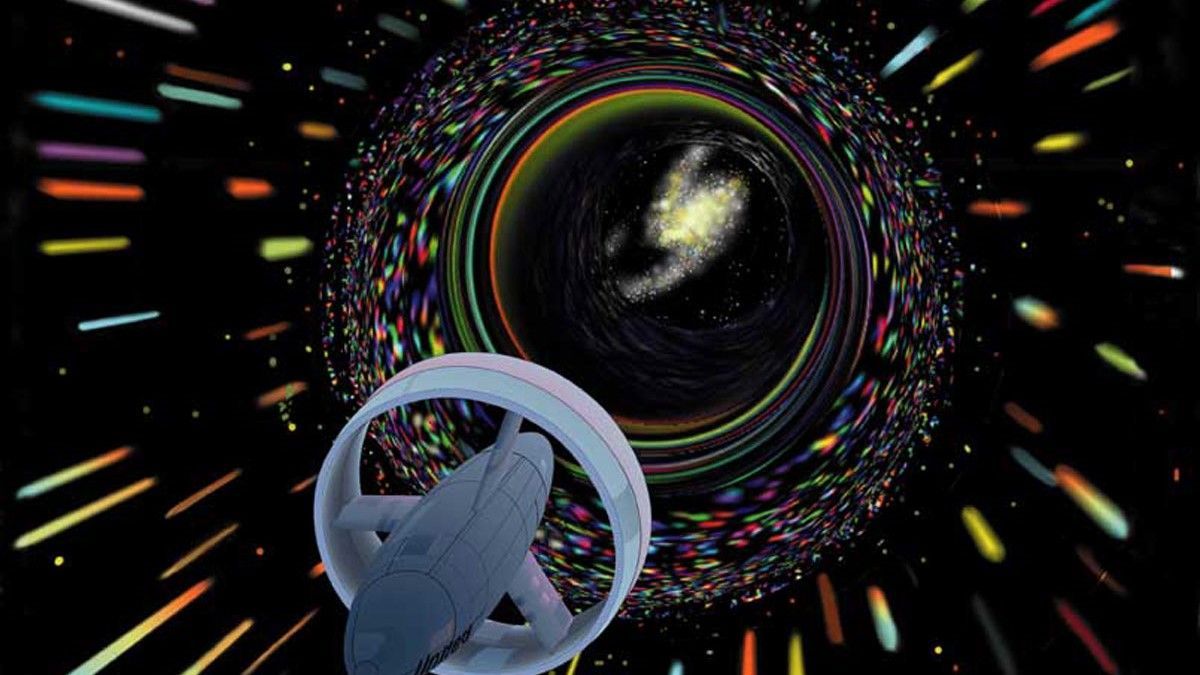
Attempts to prove this either way have failed, ultimately because of the incompatibility between general relativity and quantum mechanics.
Conclusion:
The study of time travel takes us on a captivating journey through the frontiers of theoretical physics. While we have made remarkable strides in understanding the concepts and implications of time travel, many questions and challenges remain. As scientific knowledge continues to advance, our comprehension of the nature of spacetime and the possibilities of time travel will undoubtedly evolve. The exploration of wormholes, time machines, and the intricate interplay between physics and the human imagination not only expands our horizons but also ignites our curiosity for what lies beyond the boundaries of time.





